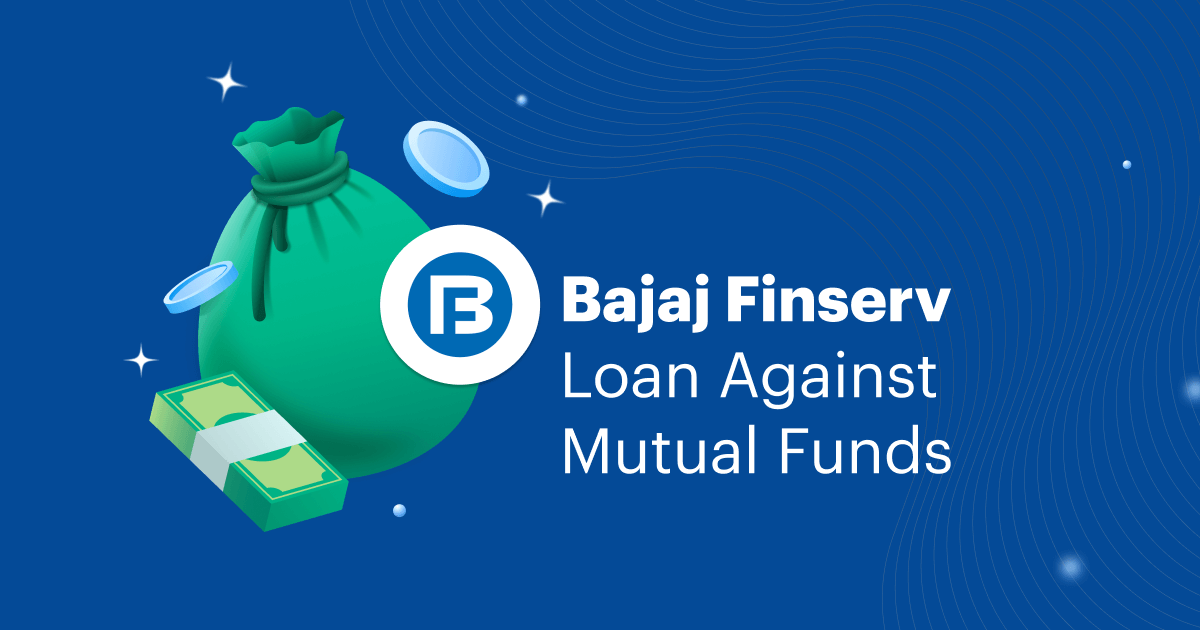Unveiling the Enigma of Mutual Credit Loans
Forget the stuffy bank branches and the endless paperwork. What if there was a way to access credit based on trust and reciprocity, not a credit score? Enter the realm of mutual credit loans, a system that’s been around for centuries but is gaining traction in today’s dynamic financial landscape.
The traditional credit system can be a real drag. High-interest rates, stringent eligibility criteria, and a reliance on credit scores often leave individuals and small businesses out in the cold.

Imagine a world where your good reputation and history of fulfilling financial obligations are enough to secure funding for your dreams. Mutual credit empowers you to break free from the shackles of traditional lenders and tap into a network of trusted peers.
Mutual credit loans operates on the simple principle of “I scratch your back, you scratch mine.” Businesses and individuals join a trading community, extending credit to each other based on established relationships and past transactions. Transactions are recorded within the network, creating a clear picture of each member’s creditworthiness.
how it works:
- Join a Network: You connect with a mutual credit association or platform that facilitates trade between members. These platforms can be local, regional, or even national.
- Build Trust: You establish a credit line with other members by completing transactions and fulfilling your obligations. Positive trade builds your reputation and allows you to access larger credit lines.
- Access Credit: Once you have established trust, you can borrow from the network’s collective pool of credit to finance your needs. Interest rates are typically lower than traditional loans, and repayment terms are negotiated directly with the lender within the network.
Sounds too good to be true? Let’s dive into a real-life example:
The Saratoga Springs Business Exchange (SSBX) in New York is a thriving mutual credit network. Established in 1994, SSBX boasts over 100 members, including landscapers, accountants, printers, and restaurants.
Here’s how SSBX benefits its members:
- Reduced Costs: A 2009 study by the Democracy Collaborative found that SSBX members saved an average of 8% on interest charges compared to traditional loans.
- Faster Access to Capital: The streamlined approval process within the network allows businesses to access funding more quickly.
- Boosted Local Economy: Mutual credit loans keeps money circulating within the local community, fostering economic growth and resilience.
Mutual credit isn’t a magic bullet. There are challenges to consider:
- Limited Network Reach: Finding a network with members who align with your business needs can be tricky, especially for specialized industries.
- Potential for Defaults: Reliance on trust can be risky. A single bad actor defaulting on a loan can disrupt the entire network.
- Management Overhead: Keeping track of transactions and credit lines within the network requires effort and robust record-keeping.
So, is mutual credit right for you?

the are small business owner with a strong local network and a good reputation, then mutual credit can be a game-changer. It is makes it possible for you to get access to reasonably priced funding, forge closer bonds with nearby companies, and support a more resilient economic model.
Deep Dive: The Nuts and Bolts of Mutual Credit Loans
We’ve unveiled the basic concept of mutual credit loans, but the nitty-gritty details might leave you wondering: “How exactly does this work in practice?” “Sit back and enjoy as we go deeply into the workings of mutual credit systems.
Trading Mechanisms:
There are two primary ways members transact within a mutual credit loans network:
- Open Account Trading: This is similar to a line of credit. Members extend credit to each other directly, recording transactions on the network platform. Settlement usually happens at the end of a pre-determined period (e.g., monthly) where members net their outstanding balances.
- Trade Credits: Here, a virtual currency unique to the network is used. Members “buy” goods and services from each other using these trade credits. This method simplifies record-keeping and facilitates smoother trade flows within the network.
Maintaining Trust and Creditworthiness:
Mutual credit loans thrives on trust. So, how do networks ensure members fulfill their obligations? Here are some common methods:
- Credit Limits: Each member has a credit limit based on their past performance and the network’s risk assessment. This helps prevent overextension and potential defaults.
- Credit History: The loan tracks each member’s transaction history, building a credit score specific to the network. it information is crucial for determining future creditworthiness.
- Collateral Requirements: Some networks might require collateral (like property or assets) for larger loans, adding an extra layer of security.
- Dispute Resolution: Robust mechanisms exist to handle disputes and defaults. These may involve mediation, arbitration, or even expulsion from the network in extreme cases.
The Role of Technology:
Technology plays a critical role in modern mutual credit systems. Online platforms automate many processes, including:
- Transaction Recording: Transactions are recorded electronically, providing a transparent and auditable record for all members.
- Creditworthiness Assessment: Platforms use algorithms to analyze transaction data and calculate credit scores within the network.
- Communication and Dispute Resolution: Online platforms facilitate communication between members and network administrators for smooth dispute resolution.
Beyond Businesses: Exploring Other Applications
While often associated with small businesses, mutual credit loans can extend beyond the commercial realm. Here are some interesting applications:
- Community Development: Mutual credit networks can empower local communities by facilitating access to capital for individuals and small initiatives.
- Time Banking: These networks focus on exchanging skills and services based on time units instead of money, fostering a collaborative spirit.
- International Trade: Mutual credit systems can simplify international trade by reducing reliance on traditional financial institutions and currency fluctuations.
The Takeaway:

Mutual credit isn’t a replacement for traditional finance, but it offers a compelling alternative. It’s a system built on trust, fostering collaboration and economic empowerment. While challenges exist, the potential benefits for small businesses and local communities are undeniable. So, ditch the bank queue and explore the exciting world of mutual credit. You might just find a financial solution that’s as good for your business as it is for your community.
Recall that you should always do your research before joining a network. Research the platform’s reputation, membership fees, and dispute resolution procedures.https://www.mutualcu.org/

